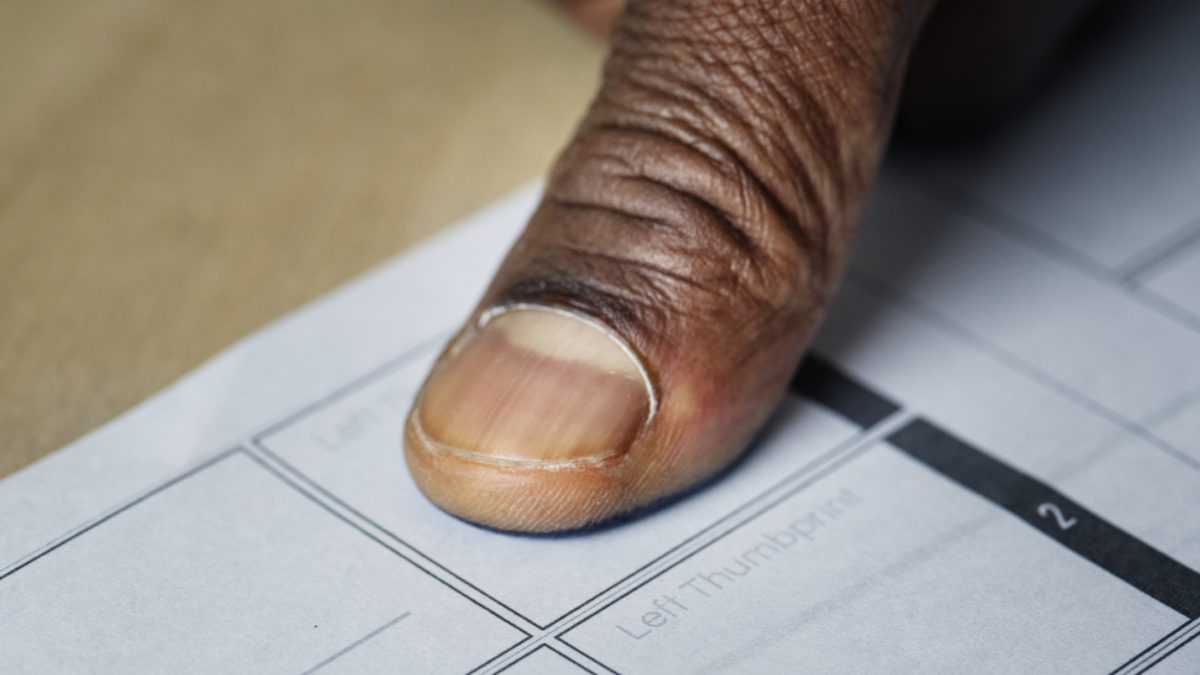
Gnassingbé Dynasty set to Continue
On 22nd February 2020, Togo will go to the polls to select the country’s president for the next five years. Although President Faure Gnassingbé’s grip on the country seemed to be loosening amid widespread protests a few years ago, a divided opposition looks to have provided him with the opportunity to extend his family’s 53 years in power.
Following the sudden death of his father in 2005, Faure Gnassingbé assumed the presidency through some highly questionable political manoeuvring, which largely relied on continued military support for the Gnassingbé clan. While Faure Gnassingbé was able to continue his family’s rule over the country with relative ease, securing comfortable victories in three consecutive elections, there was growing opposition to his presidency and, in August 2017, this sparked widespread protests that threatened his position.
Significantly, in the wake of the protests, Togo’s various opposition parties coalesced to form Aliance C14, a coalition of fourteen opposition parties, which was widely supported by Togo’s civil society. Unlike in the past, Togo’s opposition was able to put pressure on the government and force it to enact reforms to the political system, including the imposition of presidential term limits and the opening up of elections to the Togolese diaspora. In the eyes of the opposition, the term limits should have prevented Gnassingbé from standing in this year’s election; however, the government decided that they should not be applied retroactively, effectively providing Gnassingbé with a constitutional mandate for two more terms. Although this decision has faced legal challenges from the long-term opposition politician – Jean Pierre Fabre – there is no sign of it being overturned.
With Gnassingbé able to stand in the election, the unity of the C14 coalition took on greater importance. Although all fourteen parties jointly boycotted the December 2018 parliamentary election due to the government’s interpretation of presidential term limits, divisions in the coalition grew and, by March 2019, it had effectively disintegrated. The influential Emeritus Archbishop Philippe Kpodzro of Lomé tried to rekindle this coalition late last year, calling on opposition parties to back a single presidential candidate; however, he failed to gain the support of many opposition parties. Sections of the opposition, including Tikpi Atchadam’s Parti National Panafricain (PNP), which played a key role in the anti-government protests in 2017, have called for a boycott of the election, whilst others have submitted their own candidates. Consequently, there will be six opposition candidates on the ballot paper and a high probability that a section of opposition supporters will boycott the election.
Of the six candidates, the most likely to challenge Gnassingbé are Fabre, who belongs to the Alliance Nationale pour le Changement (ANC) and has come second in the last two presidential elections, and Agbeyome Kodjo, who represents the Mouvement Patriotique pour la Démocratie et le Développement (MPDD) and was formerly a prime minister under Gnassingbé. Kodjo has built the broadest opposition coalition with the support of Archbishop Kpodzro; however, given the number of candidates, it is unlikely that he will be able to gain the support needed to defeat Gnassingbé, or even to force a second round of voting.
Accordingly, Gnassingbé appears to be on course to secure a fourth term in power. Despite the reforms that have been put in place, elections in Togo are still heavily tilted in favour of the incumbent and, with a divided opposition, there is little to suggest that the Gnassingbé dynasty is under threat. That said, it is likely that another Gnassingbé victory will reignite political tensions and could cause social unrest on a similar scale to what was seen in 2017.